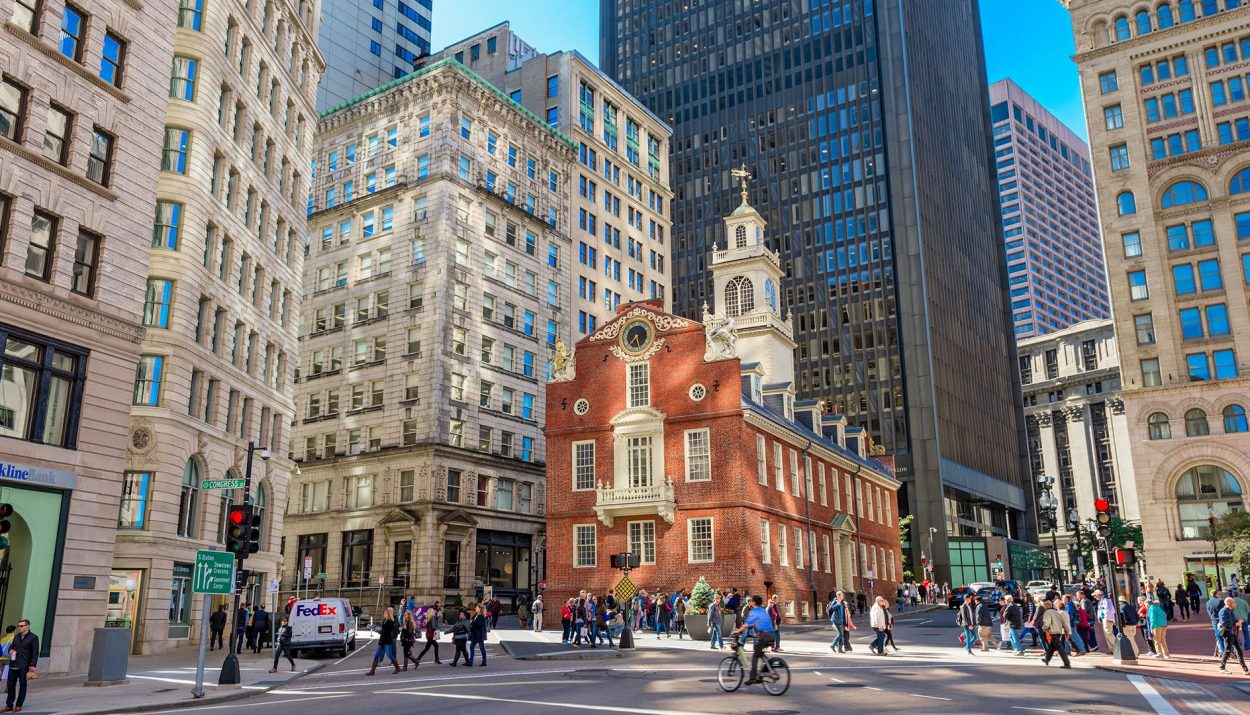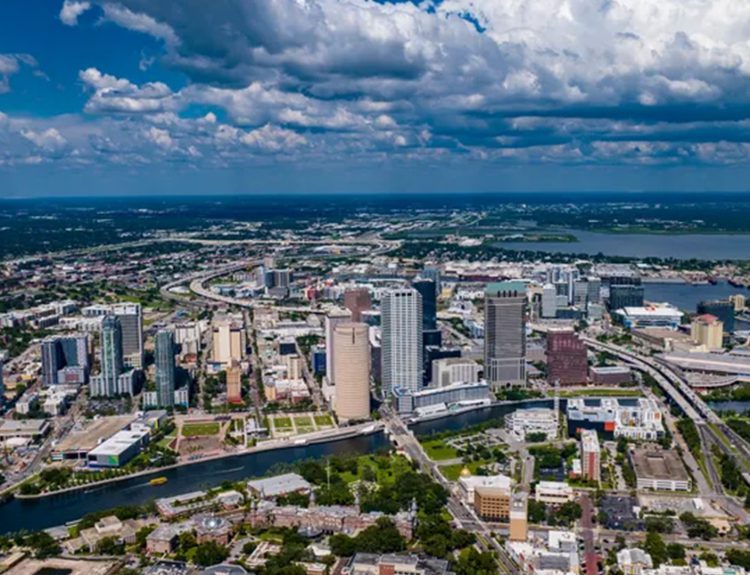With inflation causing prices to skyrocket across the country, many Americans are starting to migrate to cities with a more reasonable cost of living index. This usually means leaving behind family, friends, and the communities we grew up in, but that’s how far people are willing to go to make ends meet. It’s a harsh reality, but a reality nonetheless.
How Is The Cost Of Living Calculated?
The ‘Cost of Living Index’ is a way of measuring how much it costs to live in a certain area. It takes into account more than 60 different goods and services – including groceries, rent, energy, transportation, clothing, healthcare, childcare, and much more.

Each state is compared to the national average, which is set at 100. For example, the cost of living in Nevada is 10% higher than the national average, so it gets a score of 110. If it were 10% less, then it would get a score of 90. The lower the score, the more affordable that state is.
The 10 Most Expensive States To Live In?
Over the past 10 years, the cost of living has continued to rise at an unacceptable rate. Many people are struggling to support themselves and their families – even with a fair-paying, full-time job. In an effort to save as much as possible, some people are even considering packing up and moving to a new, more affordable state.
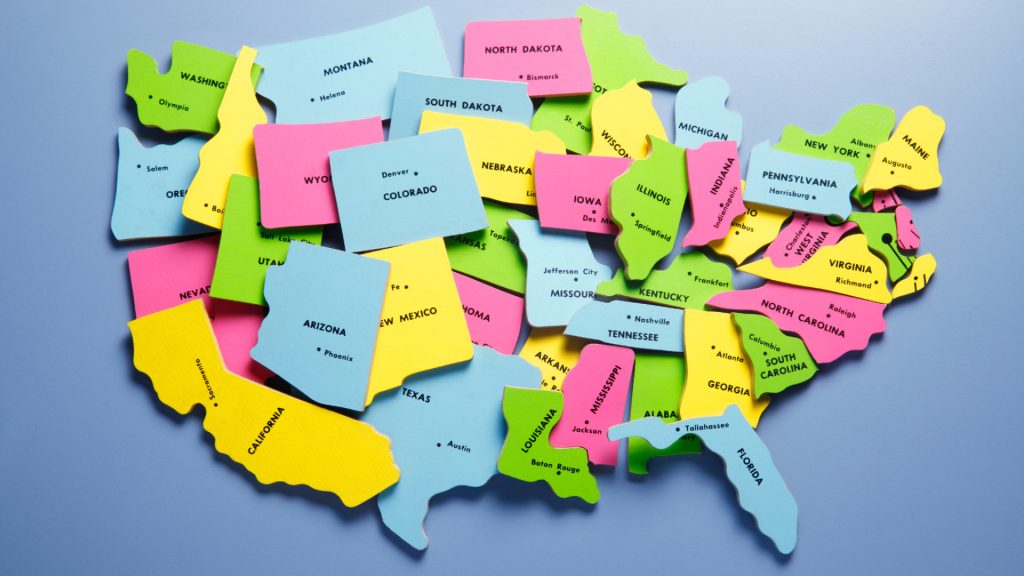
If this sounds like you, your best bet is moving inland because a lot of the most expensive places to live are along the East and West coast. To give you an idea of which states to avoid, let’s
10. Maine: The Pine Tree State
Maine is known for its beautiful coastlines and exquisite national parks, but the views aren’t enough to overcome the financial hardship that comes with it. The Pine Tree State has a cost of living index of 116.9, meaning it’s nearly 17% higher than the national average – largely due to the high energy costs – but things are getting better.
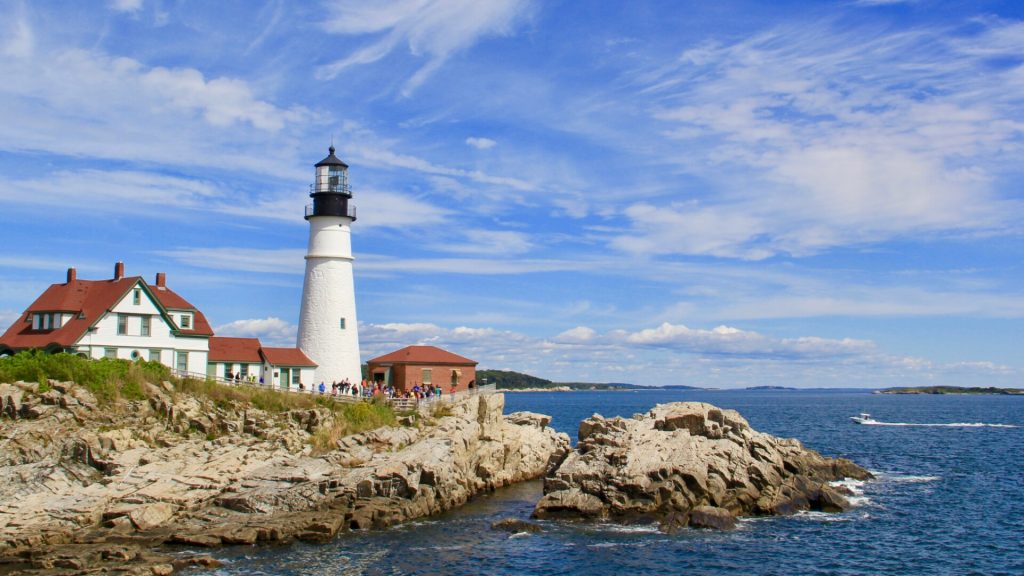
In 2022, the minimum wage in Maine was $12.75 per hour. That number increased to $13.80 in 2023 and, more recently, $14.15 in 2024. And, while electricity rates are one of the biggest concerns among residents, they saw those rates drop between 24% and 35% at the start of 2024.
9. New Jersey: The Garden State
If money grew on trees, the Garden State would be a profitable state to live in. Unfortunately, money doesn’t grow on trees – and New Jersey is far from being a profitable area to live. The cost of living index is around 118.6, rent prices are rising, and an influx of people isn’t helping.
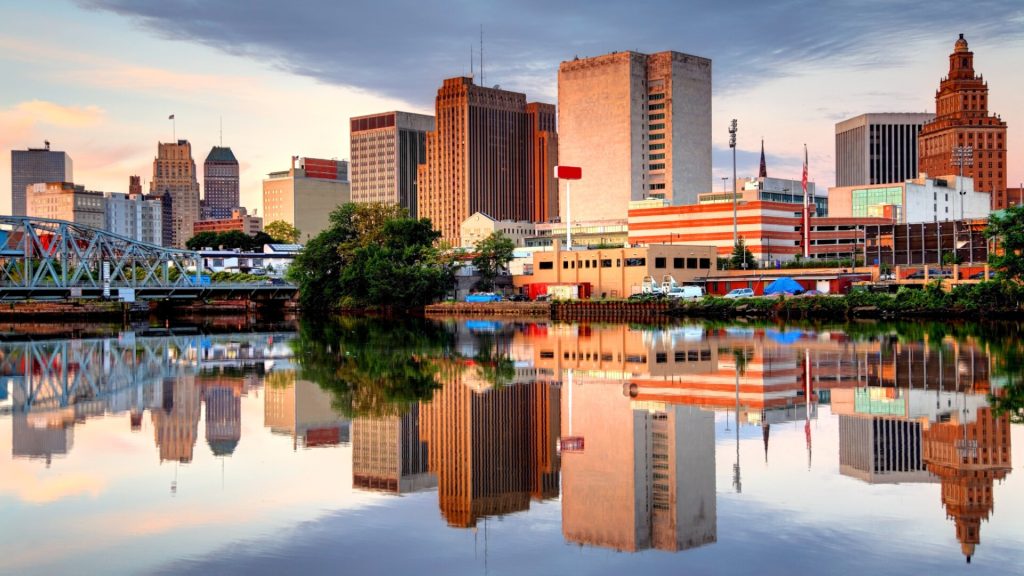
Last year, New Jersey saw more than 30,000 new residents move in. There are now nearly 9.3 million people living in the state – despite being the fourth-smallest state in the US, New Jersey has the 11th-highest population. And let’s not forget about the high income, sales, and property taxes in the area.
8. Oregon: The Beaver State
Oregon currently has a cost of living index of 120.6 – meaning it’s 20% more expensive than the national average. Their limited housing inventory is a big reason why, especially when you combine it with high demand, but that’s not the only thing standing in their way – gas prices are also high.
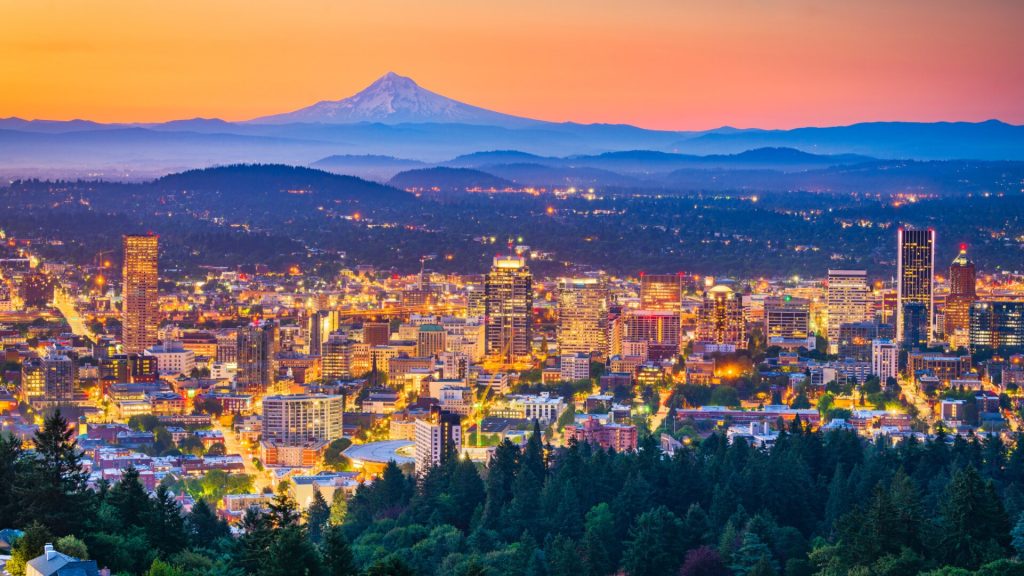
In fact, Oregon is home to some of the highest gas prices in the nation. The current national average is set at $3.27 per gallon, as of Feb. 22, but the average in Oregon is up to $3.60 – 33 cents per gallon higher. Not having any operating petroleum refineries isn’t helping their gas situation.
7. Maryland: The Old Line State
Some people refer to Maryland as ‘America in miniature’ because of its vast array of landscapes and nature-filled scenes. This makes it one of the most sought-after places to live in the country – until you see that its cost of living index is at 125.1. And, believe it or not, one of the biggest culprits is… insurance.

Unlike in other states, Maryland requires residents to purchase high minimum liability insurance, personal injury protection, and uninsured motorist coverage. To make matters worse, housing costs are more than 50% higher than the national average, and energy costs are 8% higher.
6. Alaska: The Last Frontier
Alaska is referred to as the ‘Last Frontier,’ but it may as well be your ‘Last Choice’ when looking for a new home. Not only would that home cost more than $600,000, but the cost of living is 26.7% (126.7) higher than the national average – and it’s because of its lack of farmland.

The state, which is the largest in the country with 425.8 million acres, is home to less than one million acres of farmland (around 880,000 acres). For reference, Texas has more than 125 million acres, despite being less than half the size of Alaska. As a result, a lot of the food Alaskans buy comes from somewhere else – which drives up prices.
5. New York: The Empire State
New York is home to the third-highest income tax (10.9%) and one of the highest overall tax burdens in the country. In terms of cost of living, New York is 36.8% more expensive than the national average (136.8 cost of living) – especially if you live in Manhattan.

You might not believe this, but the cost of living in Manhattan is 74% higher than the state average and 127% higher than the US average. It’s hands-down the most expensive place to live in the country due to limited space, but high demand.
4. California: The Golden State
The minimum wage is $16 per hour in California, and they’re considering raising it to $20, $25, or even $50 per hour in the coming years. That might entice a lot of people, but there’s a reason for that – and it’s because of how expensive it is to live in the state.
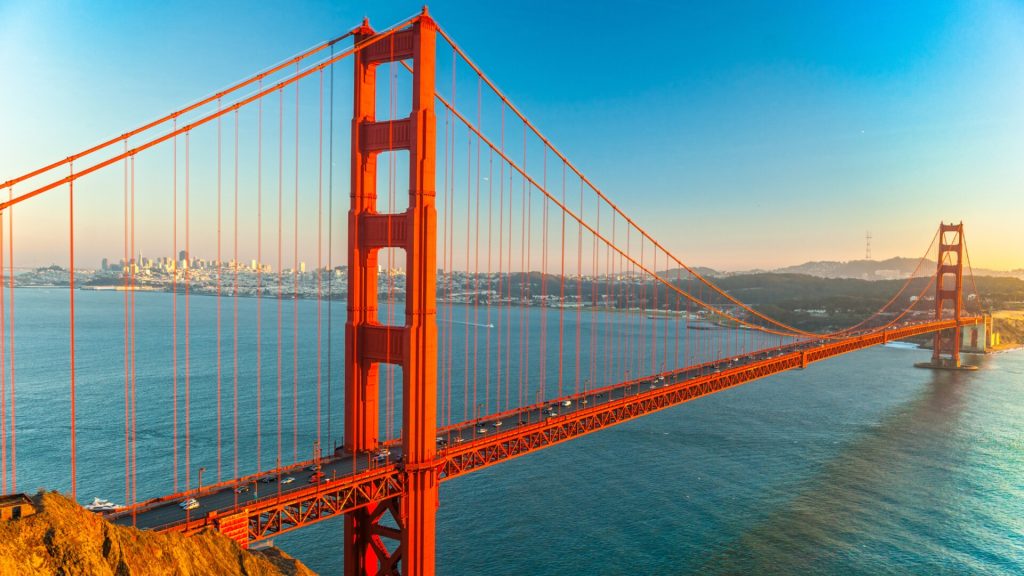
The cost of living is currently at 139.8, which isn’t the worst in the country, but it’s up there. The tech industry brings a lot of talent to the Golden State, but there isn’t enough supply in the housing market to keep up. Gas prices are also up above $4.60 per gallon – yikes!
3. Massachusetts: The Bay State
Massachusetts has a cost of living index of 147.9, and, while there are several reasons why, housing is one of the biggest. The median home price is nearing $600,000, despite being roughly $470,000 in 2010, and many homeowners are struggling to pay their mortgage.
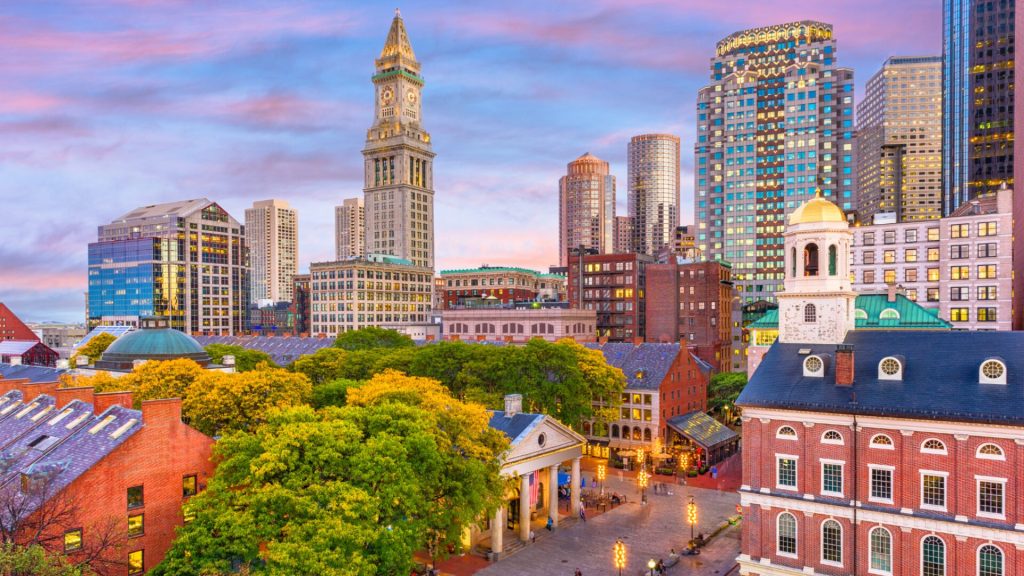
In fact, most homeowners need to secure a $40 per-hour job just to afford a home in the state – which is ridiculous when the minimum wage is set at $15 per hour. Transportation and gas prices are relatively stable, but energy costs are increasing, and grocery bills are rising.
2. Washington, D.C.: The US Capital
If you’re not a fan of state and local taxes, stay clear of our nation’s capital. Washington D.C. is home to some of the highest taxes – collecting more than $12,000 per capita, which is nearly $2,000 more than the next state (New York).
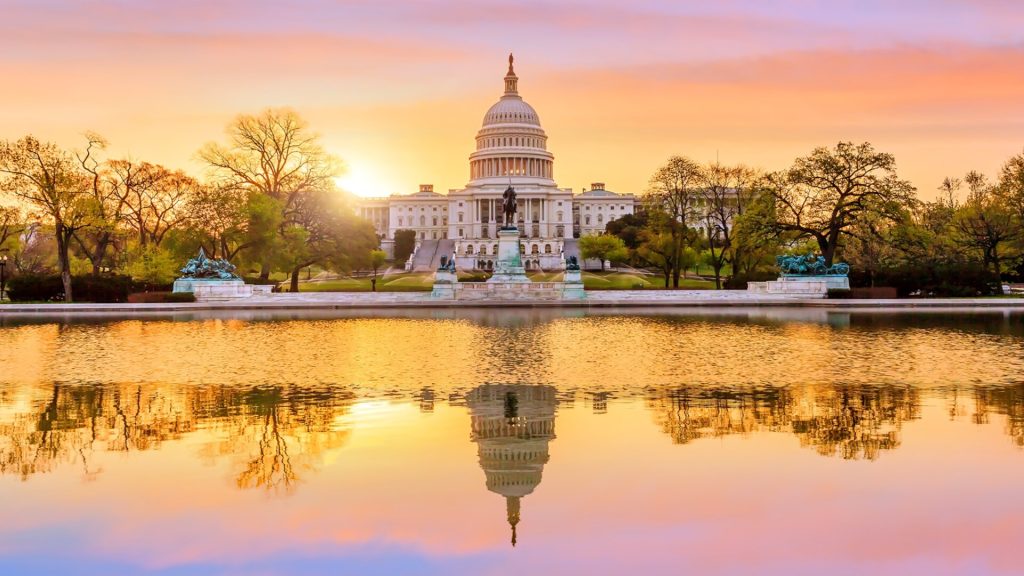
The 154.5 cost of living index is concerning, but it won’t get better anytime soon. House prices continue to rise due to low supply, but it’s not all bad – energy prices are rather low. Unfortunately, it doesn’t help residents overcome the taxes and mortgage rates.
1. Hawai’i: The Aloha State
And that brings us to Hawai’i – the most expensive state to live in the United States. One of the main reasons why the cost of living index, which comes in at a whopping 189.9, is so high is because of its location. Most of the goods and services they use come from elsewhere.

Utility costs are nearing $400 per month due to a reliance on petroleum use, houses cost well above $800,000, gas is up above $4.70, and a housing shortage isn’t helping. It’s a beautiful place to live with incredible people, but you need a lot of money to make it work.

